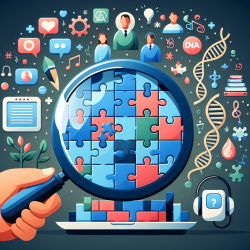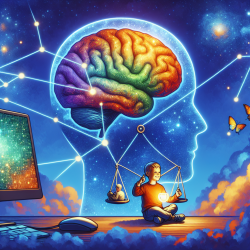Understanding the Genetic Dissociation of Autism's Core Domains
The landscape of autism spectrum disorder (ASD) is complex, with its core diagnostic criteria encompassing two primary domains: social and communication difficulties, and repetitive, restricted behaviors. Recent research, particularly the study titled Social and non-social autism symptoms and trait domains are genetically dissociable, provides compelling evidence that these domains are genetically distinct. This revelation has significant implications for practitioners, especially those involved in speech language pathology and online therapy services like TinyEYE.
The Study's Core Findings
Conducted by Warrier et al., the study employed a genome-wide association study (GWAS) involving over 51,000 participants to investigate the genetic underpinnings of systemising, a non-social trait linked to autism. The research found that systemising is heritable and genetically correlated with autism, but not with social autistic traits. This suggests that the social and non-social domains of autism are genetically dissociable.
Implications for Practitioners
For practitioners, understanding the genetic dissociation between social and non-social traits in autism can enhance intervention strategies. Here are some practical steps to consider:
- Tailored Interventions: Recognize that interventions may need to be tailored to address the specific needs of either the social or non-social domains, rather than a one-size-fits-all approach.
- Focus on Systemising: For children who exhibit strong systemising traits, incorporating activities that leverage this strength can be beneficial. This might include structured learning environments or activities that involve pattern recognition and problem-solving.
- Collaborative Approach: Collaborate with geneticists and other specialists to better understand the individual genetic profiles of children, which can inform more personalized therapy plans.
Encouraging Further Research
While this study provides valuable insights, it also opens the door for further research. Practitioners are encouraged to engage with ongoing studies and contribute to the growing body of knowledge. Participation in research can lead to more refined therapeutic techniques and improved outcomes for children with autism.
Conclusion
The genetic dissociation of autism's core domains is a pivotal discovery that can transform how we approach therapy for children with autism. By leveraging these insights, practitioners can develop more effective, individualized strategies that cater to the unique genetic makeup of each child.
To read the original research paper, please follow this link: Social and non-social autism symptoms and trait domains are genetically dissociable.










